Home>Gardening & Outdoor>Landscaping Ideas>What Is Cool Season Grass
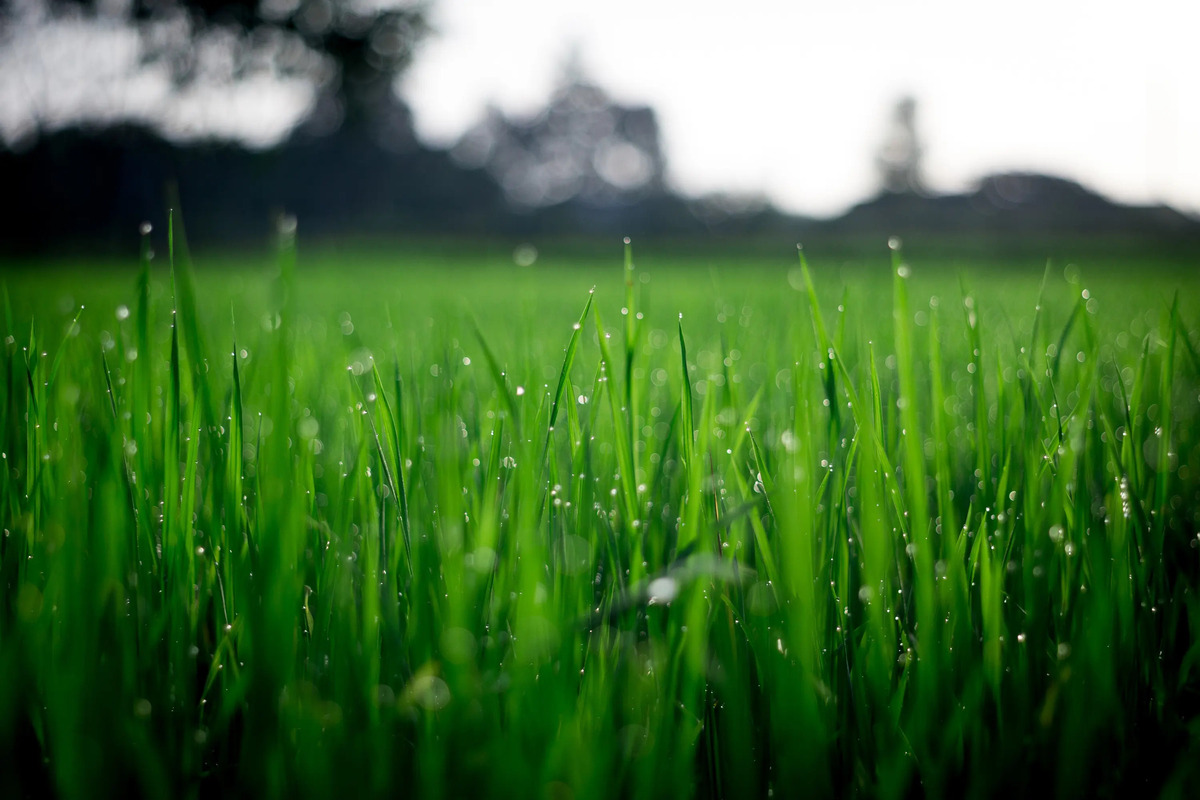

Landscaping Ideas
What Is Cool Season Grass
Published: January 27, 2024
Learn about the benefits of cool season grass for landscaping ideas and discover how to create a lush, green lawn in cooler climates.
(Many of the links in this article redirect to a specific reviewed product. Your purchase of these products through affiliate links helps to generate commission for Storables.com, at no extra cost. Learn more)
Introduction
Welcome to the wonderful world of cool season grasses! If you’re looking to elevate your lawn or landscape with lush, vibrant greenery, then understanding the unique characteristics and benefits of cool season grasses is essential. These grasses are known for their ability to thrive in cooler climates, making them a popular choice for lawns, parks, and recreational areas in regions with chilly winters and moderate summers.
Whether you’re a seasoned landscaping enthusiast or a beginner eager to enhance your outdoor space, learning about cool season grasses will equip you with the knowledge needed to make informed decisions about your landscaping projects. From their distinct features to the best practices for nurturing them, this comprehensive guide will delve into the fascinating world of cool season grasses, providing valuable insights to help you achieve a lush, resilient, and visually appealing lawn.
So, let’s embark on this green journey together and explore the wonders of cool season grasses, uncovering the secrets to cultivating a vibrant and thriving outdoor oasis.
Key Takeaways:
- Cool season grasses thrive in cooler climates, offering rapid growth, rich green color, and drought resistance. They are perfect for lush lawns, parks, and sports fields in regions with chilly winters.
- To care for cool season grasses, water deeply, mow at the recommended height, fertilize appropriately, aerate, and adjust maintenance based on seasons. Following these tips will ensure a resilient and visually appealing lawn.
Read more: What Is A Warm Season Grass
Characteristics of Cool Season Grass
Cool season grasses are renowned for their remarkable resilience and adaptability to cooler climates. These grasses exhibit distinct characteristics that set them apart from warm season varieties, making them an ideal choice for regions with chilly winters and moderate summers. Here are some key characteristics of cool season grasses:
- Rapid Growth: Cool season grasses experience vigorous growth during the cooler months, especially in the spring and fall. This rapid growth enables them to quickly establish a lush, dense turf, providing a verdant backdrop for outdoor activities and enhancing the visual appeal of landscapes.
- Cold Tolerance: One of the defining traits of cool season grasses is their ability to withstand freezing temperatures. Unlike warm season grasses, which tend to go dormant in cold weather, cool season varieties remain actively growing, maintaining their green hue even in the midst of frosty conditions.
- Rich Green Color: Cool season grasses boast a rich, vibrant green color that adds a refreshing touch to lawns and open spaces. This lush green hue remains prominent throughout much of the year, creating an inviting and picturesque landscape.
- Drought Resistance: While cool season grasses thrive in cooler environments, many varieties also exhibit impressive drought resistance. This resilience allows them to endure dry spells and water restrictions, ensuring that lawns remain verdant and attractive even during periods of limited rainfall.
- Shade Tolerance: Some cool season grasses, such as fine fescue and creeping red fescue, demonstrate exceptional shade tolerance. This makes them an excellent choice for lawns or landscapes with partially shaded areas, where other grass species may struggle to thrive.
These characteristics collectively contribute to the allure and practicality of cool season grasses, making them a popular choice for homeowners, landscapers, and turf management professionals seeking resilient, visually appealing, and low-maintenance grass varieties.
Types of Cool Season Grass
Cool season grasses encompass a diverse array of species, each with its own unique attributes and suitability for specific growing conditions. Understanding the different types of cool season grasses is essential for selecting the most suitable variety to achieve your desired lawn or landscape aesthetic. Here are some prominent types of cool season grasses:
- Kentucky Bluegrass: Known for its lush, fine texture and rich green color, Kentucky bluegrass is a popular choice for lawns, parks, and athletic fields. It forms a dense, resilient turf and exhibits excellent cold tolerance, making it well-suited for cooler climates.
- Tall Fescue: Tall fescue is valued for its durability and adaptability to a wide range of soil types. It thrives in both sun and partial shade, making it a versatile option for lawns and recreational areas. Its deep root system provides impressive drought resistance, ensuring year-round greenery.
- Fine Fescue: This group of grasses, including creeping red fescue and chewings fescue, is prized for its exceptional shade tolerance and low maintenance requirements. Fine fescue varieties create a fine-textured, carpet-like lawn and are well-suited for shaded or low-traffic areas.
- Perennial Ryegrass: Perennial ryegrass is celebrated for its rapid germination and establishment, making it an ideal choice for overseeding and quick lawn repairs. It exhibits a lush, dark green color and tolerates heavy foot traffic, making it a popular option for high-traffic lawns and sports fields.
- Creeping Bentgrass: This fine-textured grass is favored for golf course greens and other finely manicured turf areas. Creeping bentgrass forms a dense, uniform turf and thrives in cool, moist conditions, contributing to the impeccable aesthetics of golf courses and landscapes.
Each type of cool season grass possesses unique characteristics and benefits, allowing homeowners, landscapers, and turf managers to select the most suitable variety based on specific environmental factors, aesthetic preferences, and usage requirements.
Cool season grasses, like fescue and bluegrass, thrive in cooler temperatures and are best planted in the early fall or spring. They require less water and are more resistant to cold weather compared to warm season grasses.
Best Uses for Cool Season Grass
Cool season grasses are incredibly versatile, offering a myriad of practical and aesthetic benefits for various landscaping applications. Their resilience, vibrant color, and adaptability to cooler climates make them an ideal choice for a wide range of uses, from residential lawns to expansive recreational areas. Here are some of the best uses for cool season grasses:
- Lush Residential Lawns: Cool season grasses, such as Kentucky bluegrass and tall fescue, are perfect for creating lush, vibrant lawns that provide an inviting backdrop for outdoor activities and leisure. Their rich green color and ability to thrive in cooler temperatures make them a popular choice for residential landscapes in regions with distinct seasons.
- Parks and Recreational Areas: The resilience and rapid growth of cool season grasses make them well-suited for parks, playgrounds, and recreational fields. Their ability to withstand heavy foot traffic and quick recovery from wear and tear ensure that these spaces remain visually appealing and functional for community gatherings and sports activities.
- Golf Courses and Sports Fields: Certain cool season grasses, such as perennial ryegrass and creeping bentgrass, are favored for their ability to create dense, uniform turfs ideal for golf courses, soccer fields, and other sports venues. Their tolerance for close mowing and ability to withstand intense use make them indispensable for maintaining high-quality playing surfaces.
- Soil Erosion Control: Cool season grasses play a crucial role in stabilizing soil and preventing erosion, particularly on slopes, embankments, and construction sites. Their extensive root systems help bind the soil together, reducing the risk of erosion and enhancing the ecological stability of landscapes.
- Overseeding Warm Season Lawns: In regions with warm summers and cool winters, overseeding warm season lawns with cool season grasses during the cooler months can maintain year-round greenery. Perennial ryegrass and fine fescue varieties are commonly used for overseeding, ensuring consistent lawn color and coverage throughout the changing seasons.
Whether enhancing residential landscapes, creating resilient recreational spaces, or contributing to environmental sustainability, cool season grasses offer a multitude of uses that cater to the diverse needs of homeowners, landscapers, and land managers.
How to Care for Cool Season Grass
Caring for cool season grasses involves implementing a tailored maintenance regimen that maximizes their resilience, visual appeal, and long-term health. By following best practices for watering, mowing, fertilizing, and addressing seasonal needs, homeowners and landscapers can ensure that cool season grasses thrive and maintain their lush green appearance throughout the year. Here are essential tips for caring for cool season grass:
- Proper Watering: Cool season grasses benefit from deep, infrequent watering to encourage deep root growth and drought resistance. During hot and dry periods, aim to provide around 1-1.5 inches of water per week, either through natural rainfall or irrigation, ensuring that the soil is adequately moist without becoming waterlogged.
- Mowing Practices: Maintain a recommended mowing height of 2.5 to 3.5 inches for most cool season grasses, adjusting the height based on the specific variety and growing conditions. Regular mowing helps promote a dense turf and minimizes stress on the grass, contributing to a healthier and more attractive lawn.
- Appropriate Fertilization: Apply a balanced fertilizer specifically formulated for cool season grasses in the early spring and late fall to provide essential nutrients for vigorous growth and resilience. Avoid excessive nitrogen application, as it can lead to excessive top growth and potential susceptibility to diseases.
- Aerating and Dethatching: Periodic core aeration and dethatching help alleviate soil compaction, improve air and water penetration, and prevent the buildup of thatch, promoting a healthier root system and overall lawn vigor. These practices are particularly beneficial for high-traffic areas and lawns with heavy clay soils.
- Seasonal Maintenance: Adjust lawn care practices based on seasonal requirements. In the fall, overseed thin or bare areas with cool season grass seed to promote a dense lawn. Additionally, raking leaves and removing debris helps prevent matting and fungal issues during the cooler months.
By adhering to these care guidelines and regularly monitoring the condition of the lawn, homeowners and landscapers can ensure that cool season grasses receive the attention they need to flourish, resulting in a resilient, visually appealing, and enduring landscape feature.
Read more: When Is Lemongrass In Season
Conclusion
Exploring the realm of cool season grasses reveals a captivating world of resilience, lush greenery, and versatile landscaping potential. From their rapid growth and cold tolerance to their diverse varieties and practical uses, cool season grasses stand as a testament to nature’s ability to thrive in cooler climates while enhancing the aesthetics and functionality of outdoor spaces.
Embracing the beauty of cool season grasses involves understanding their unique characteristics, selecting the most suitable varieties for specific applications, and implementing tailored care practices to ensure their long-term health and vitality. Whether adorning residential lawns, providing recreational surfaces, or contributing to environmental sustainability, these grasses offer a multitude of benefits that cater to the diverse needs of homeowners, landscapers, and land managers.
As you embark on your landscaping endeavors, armed with newfound knowledge about cool season grasses, may your outdoor spaces flourish with vibrant greenery, resilience, and enduring beauty. By nurturing and celebrating the remarkable qualities of cool season grasses, you can create captivating landscapes that inspire and enrich the lives of those who revel in the splendor of nature’s verdant tapestry.
So, let the allure of cool season grasses infuse your outdoor haven with vitality, elegance, and the timeless charm of nature’s green embrace.
Frequently Asked Questions about What Is Cool Season Grass
Was this page helpful?
At Storables.com, we guarantee accurate and reliable information. Our content, validated by Expert Board Contributors, is crafted following stringent Editorial Policies. We're committed to providing you with well-researched, expert-backed insights for all your informational needs.
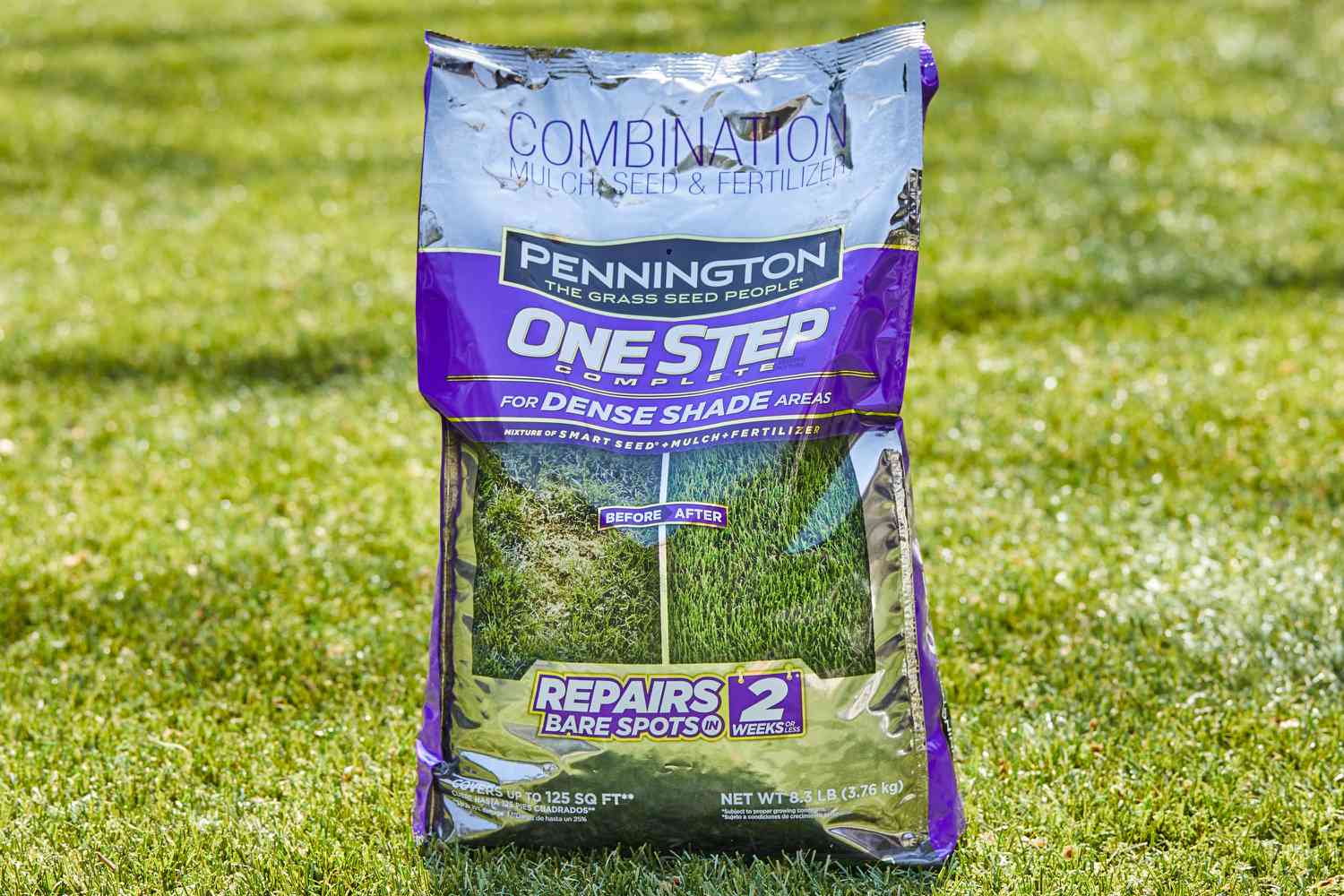
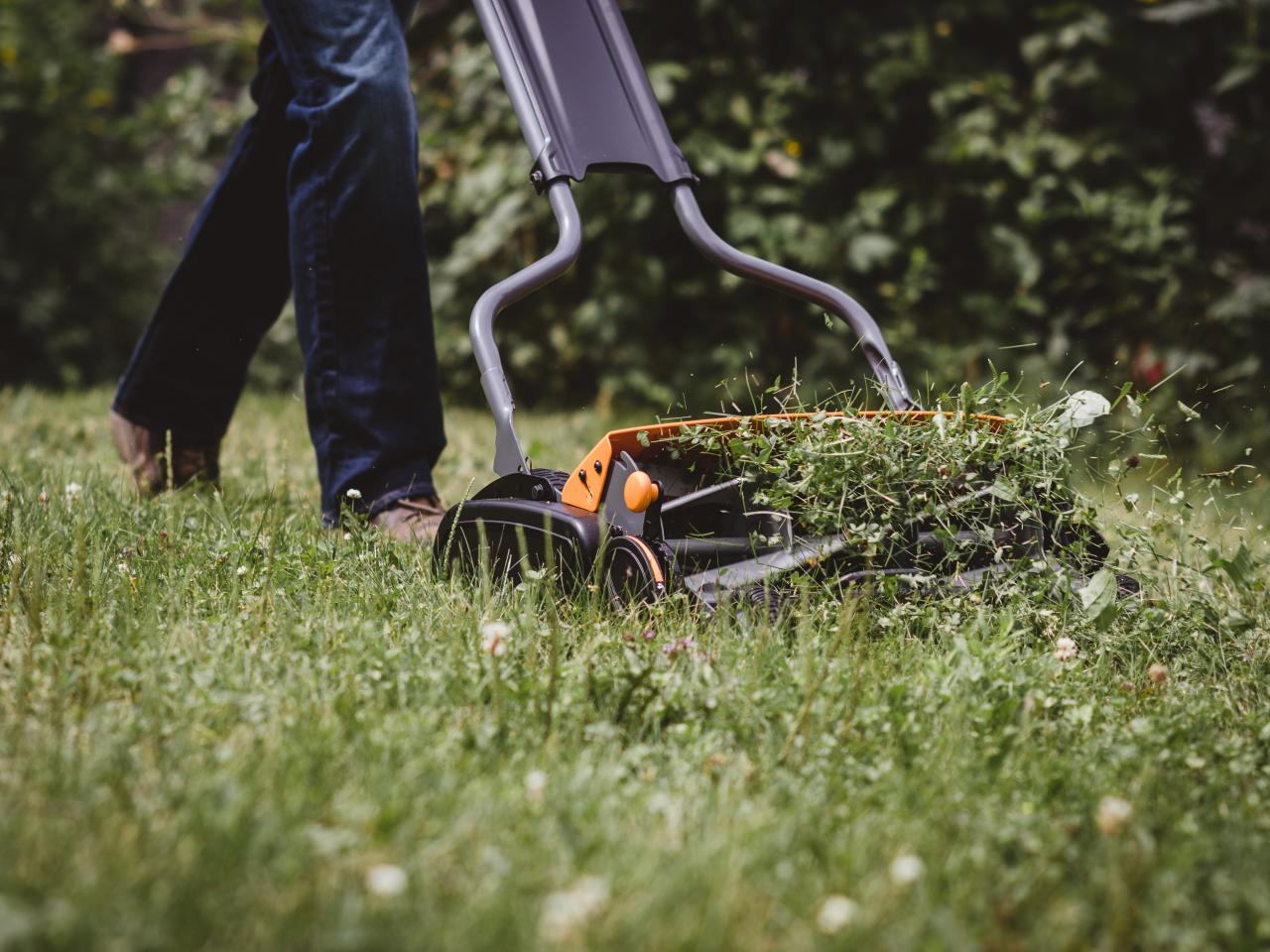
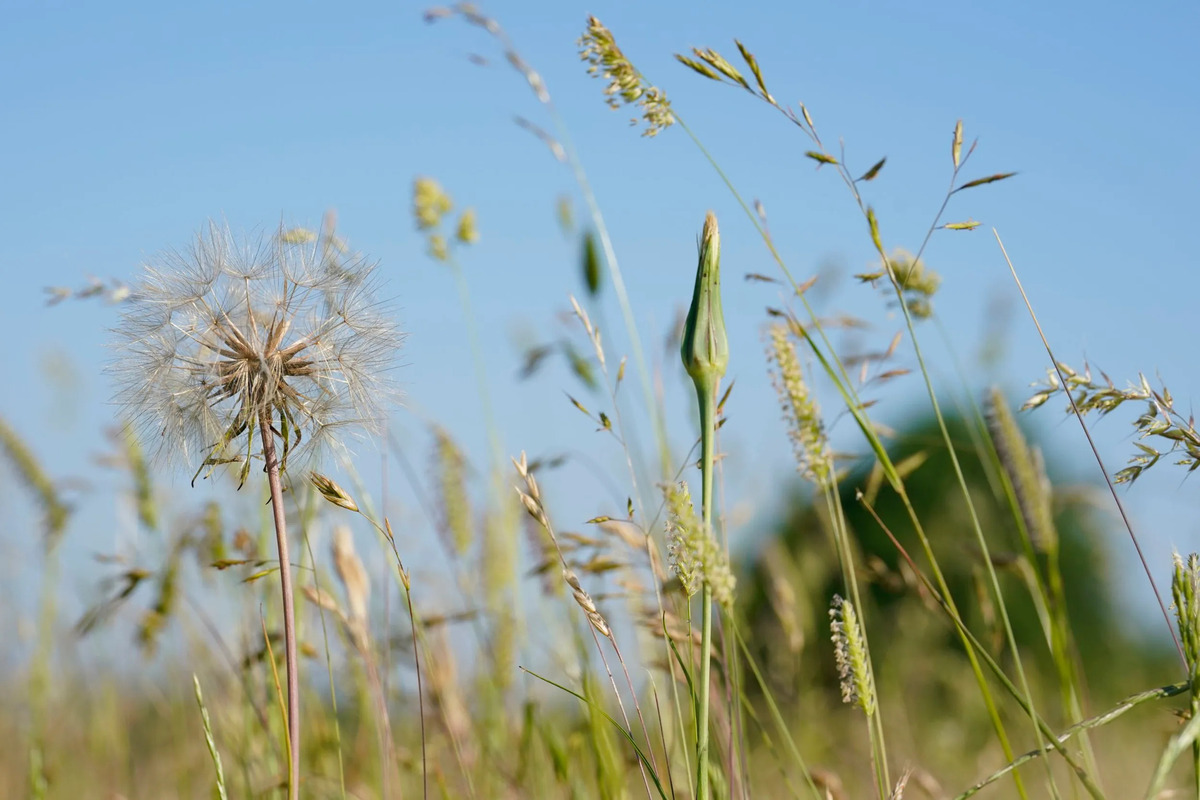
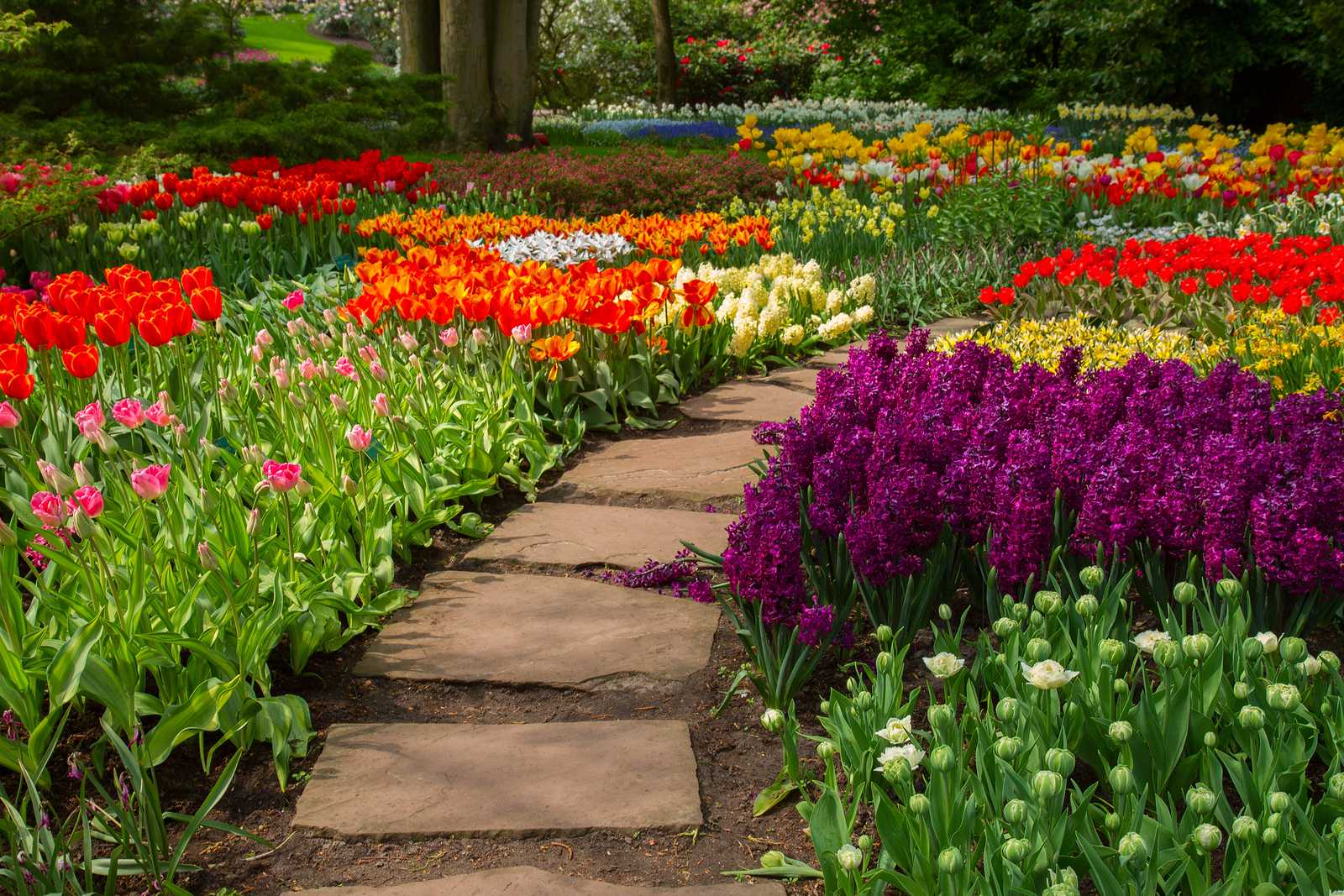
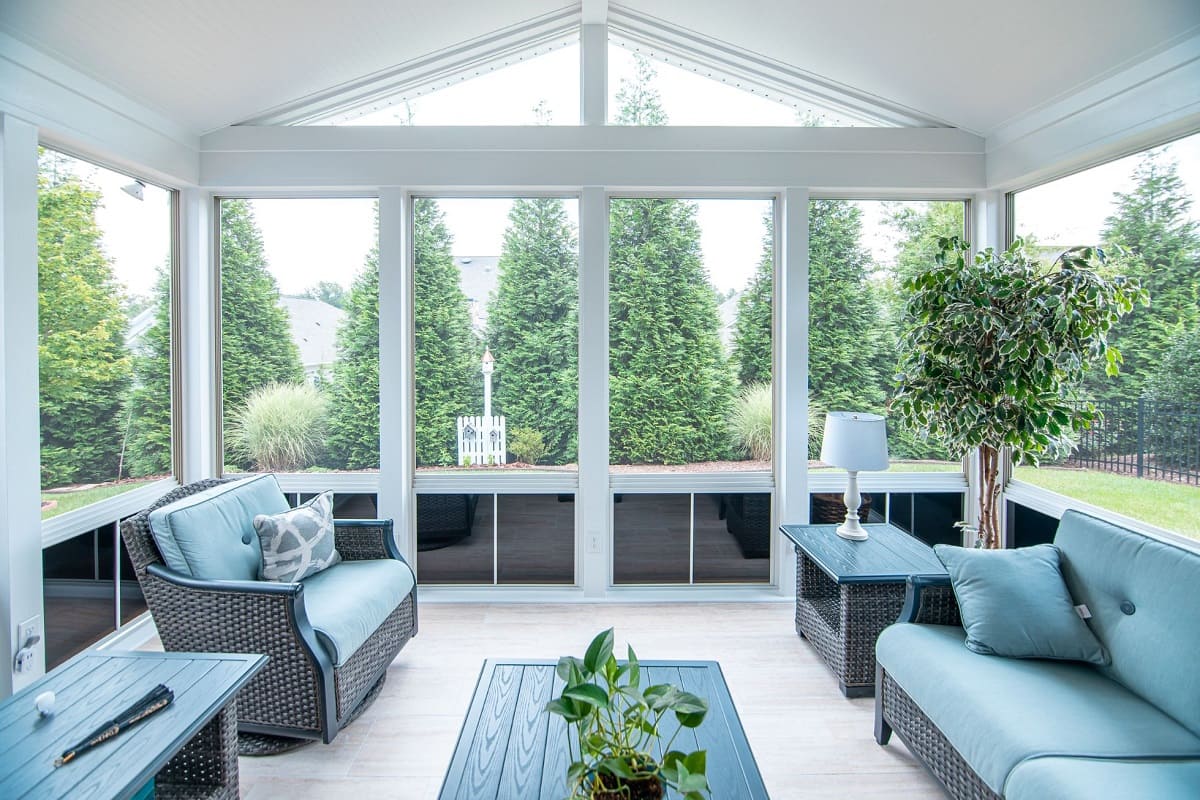
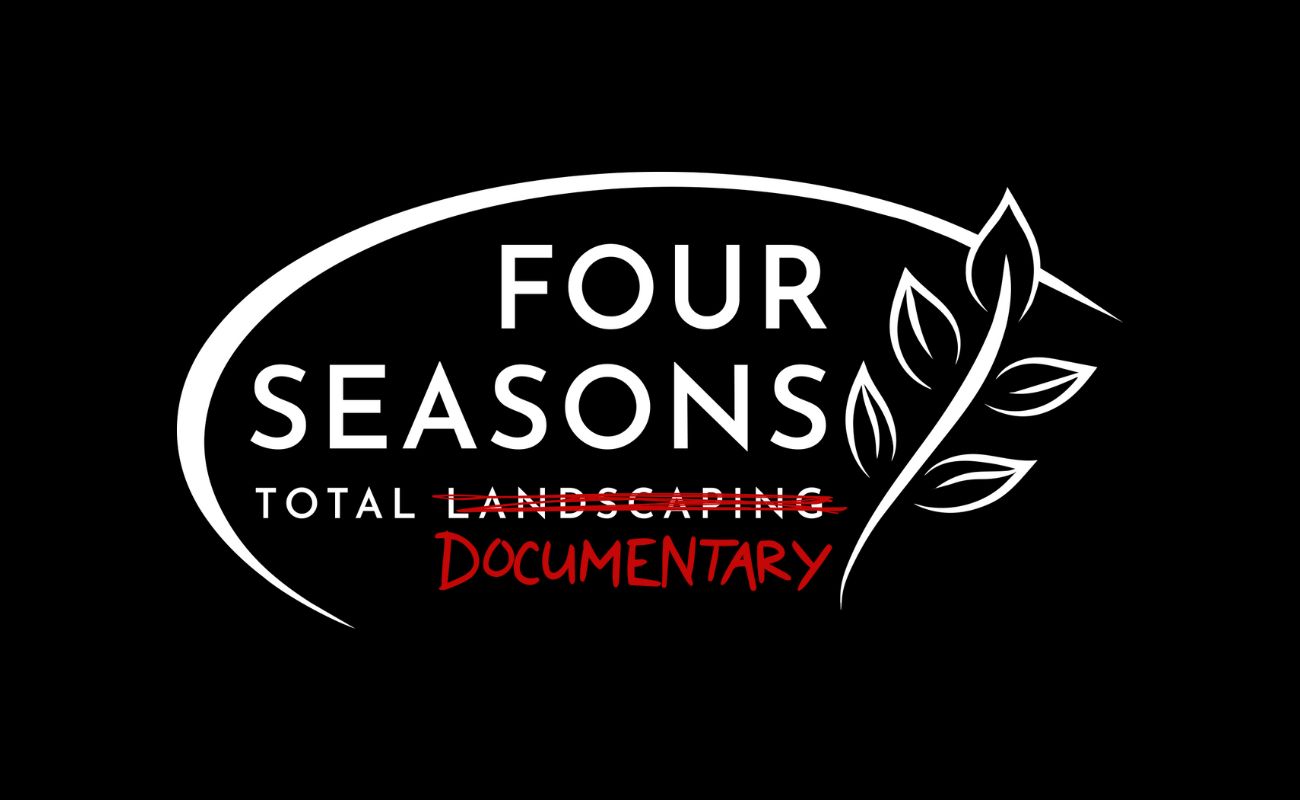

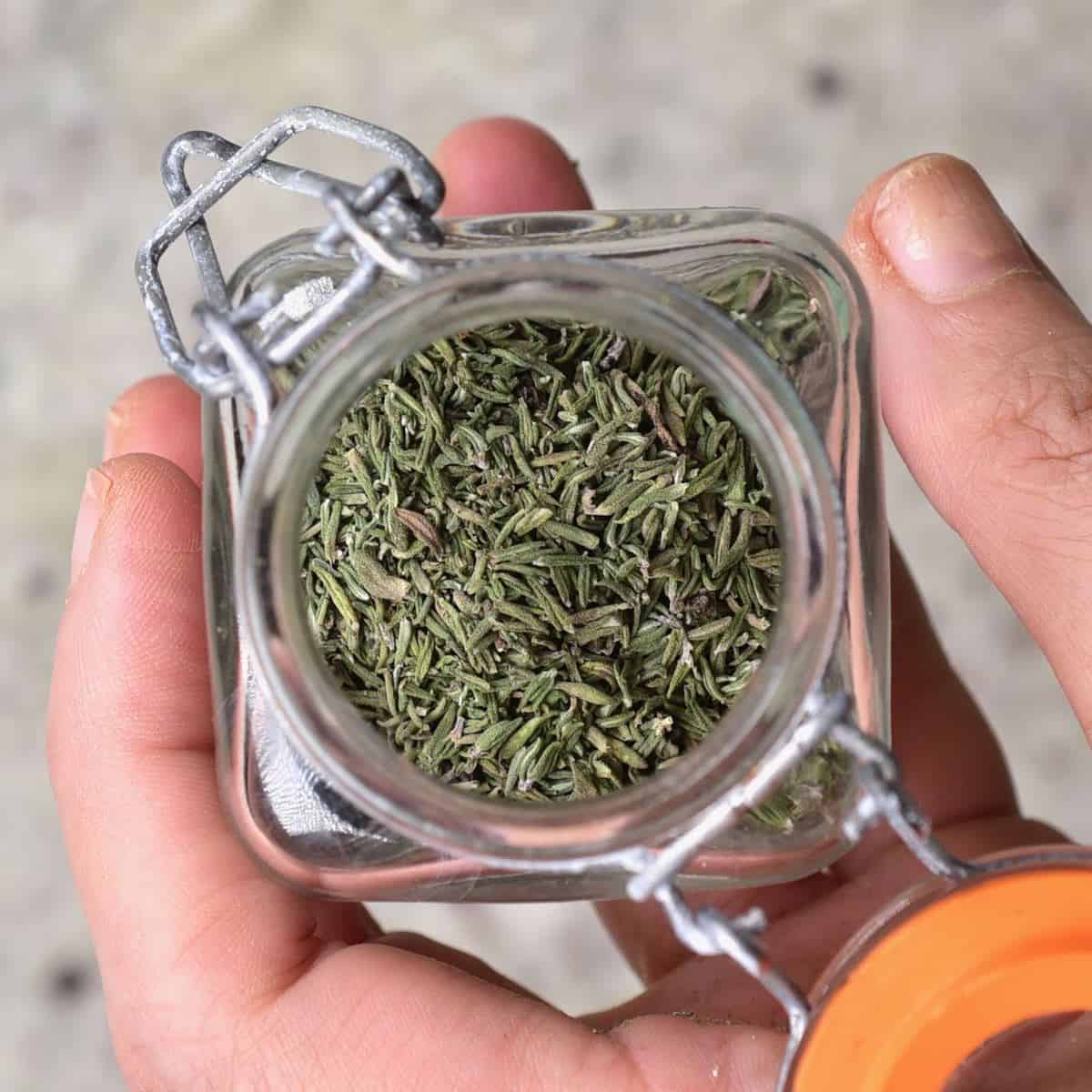

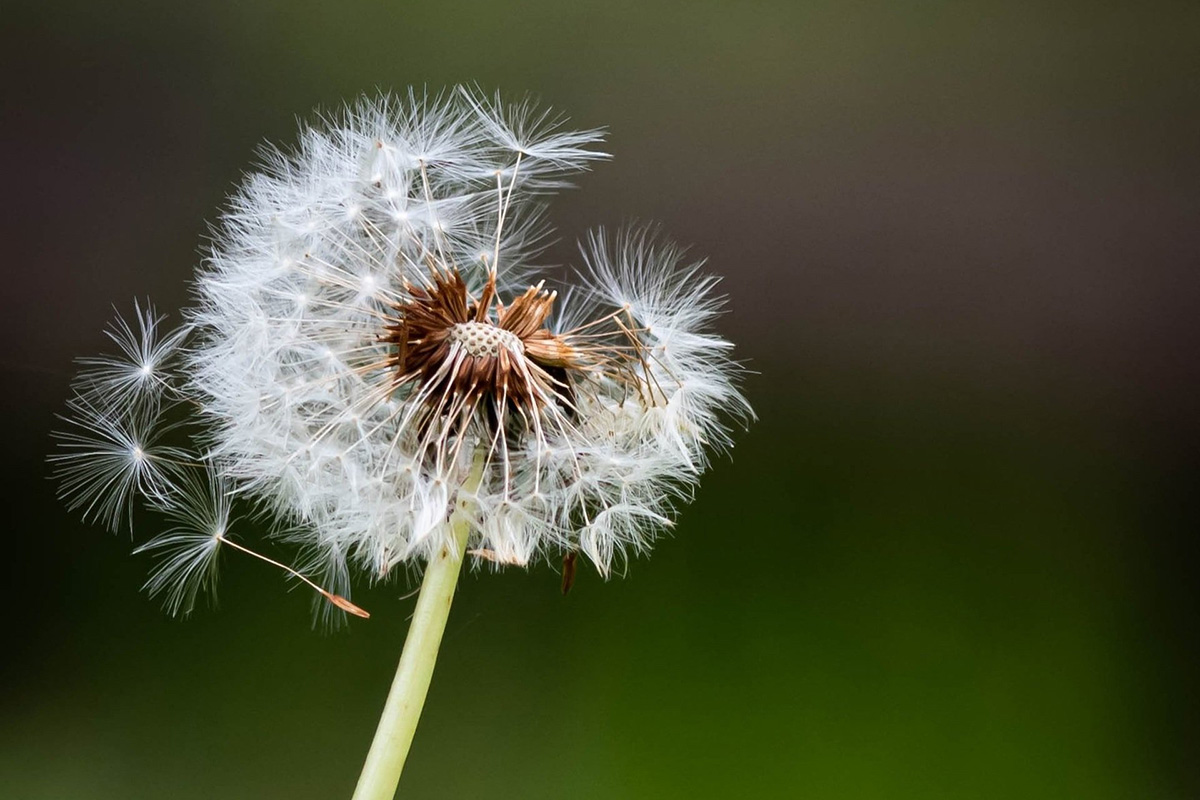
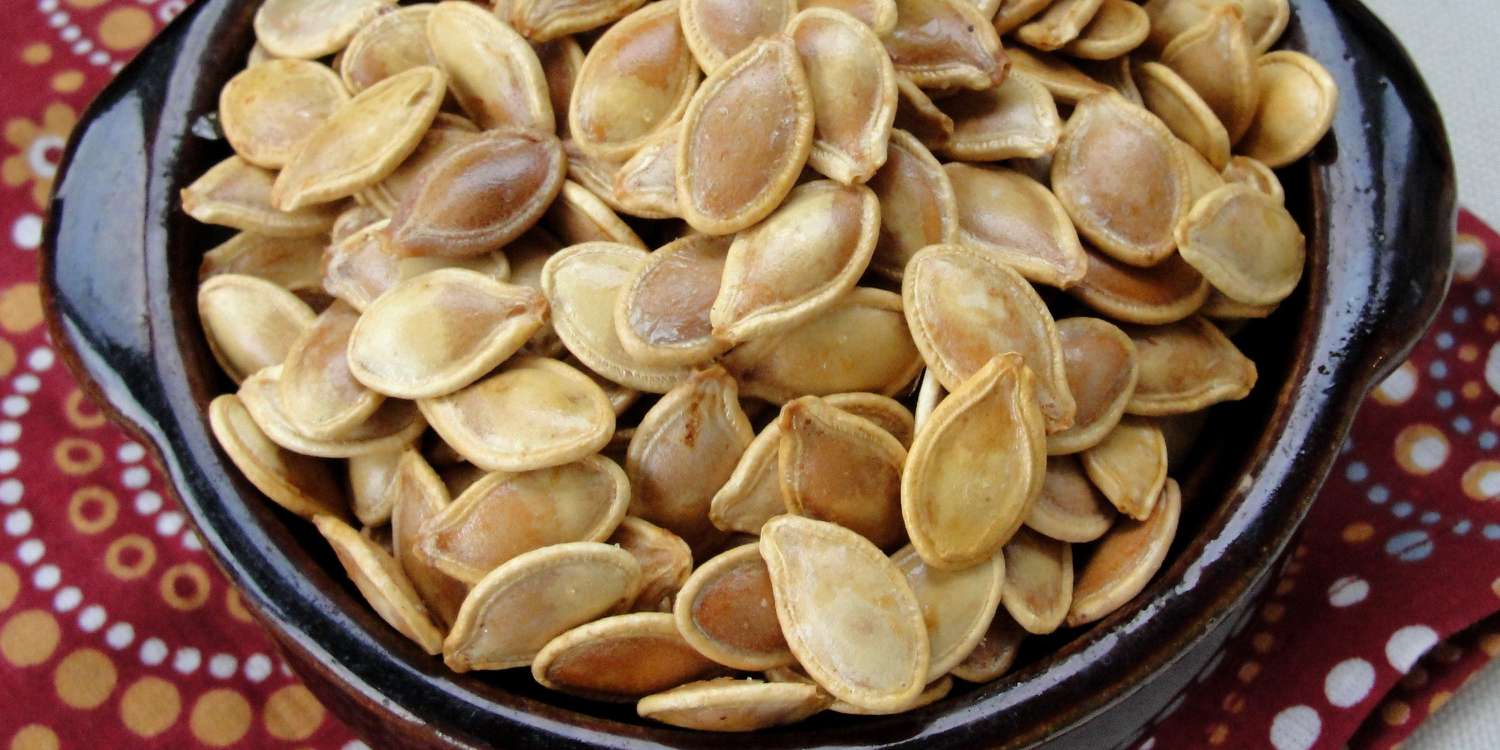
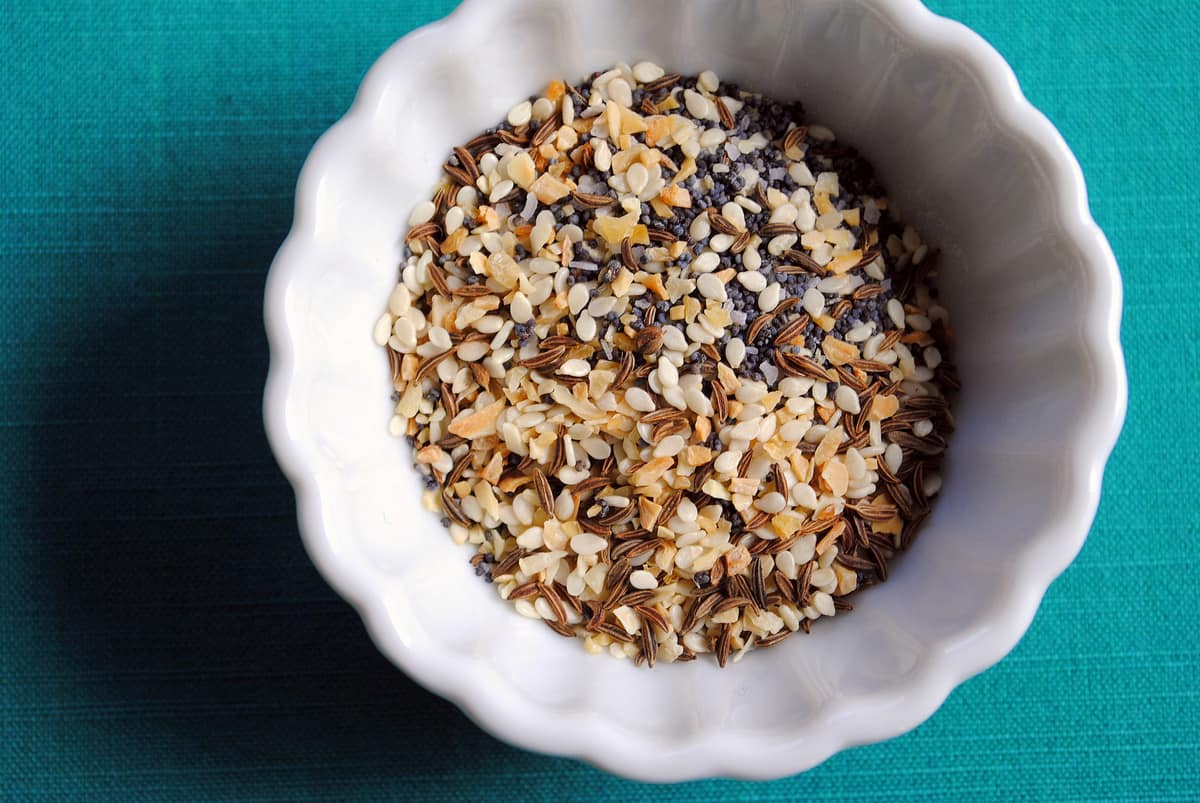
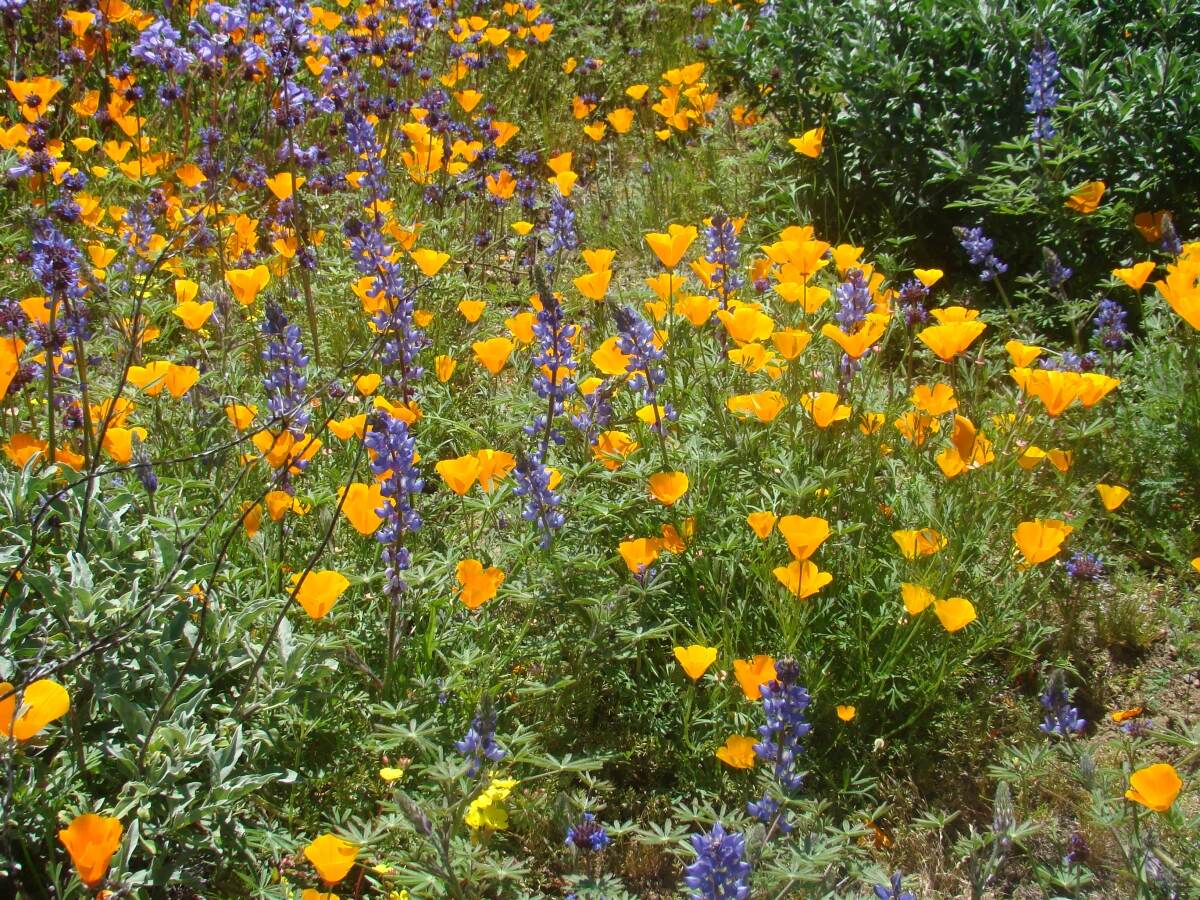
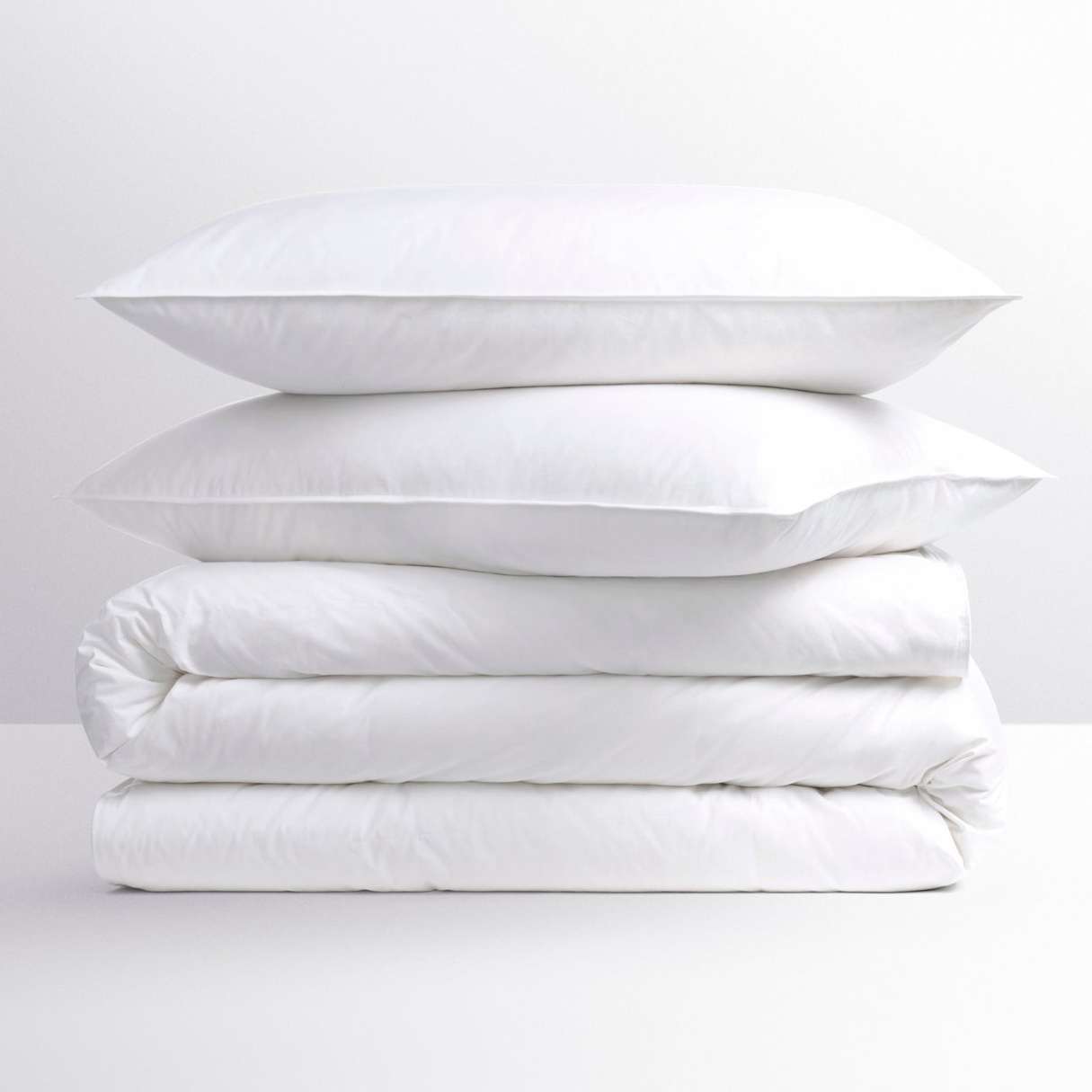

0 thoughts on “What Is Cool Season Grass”